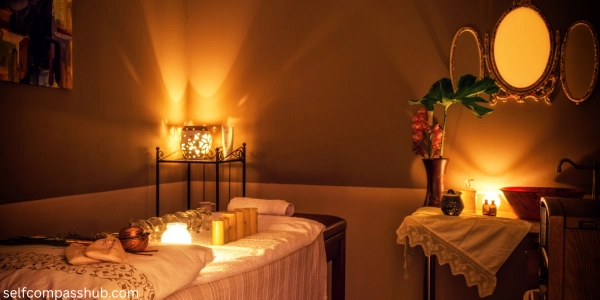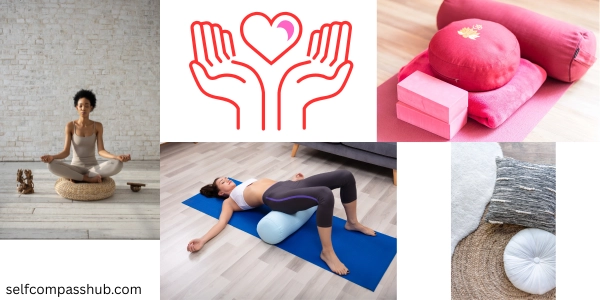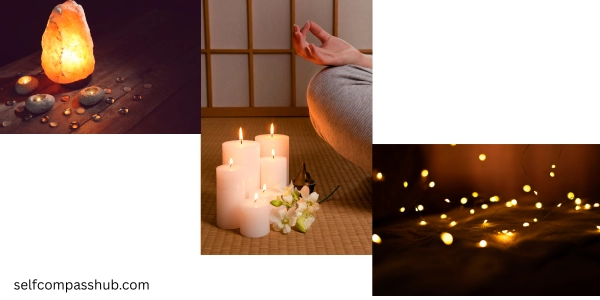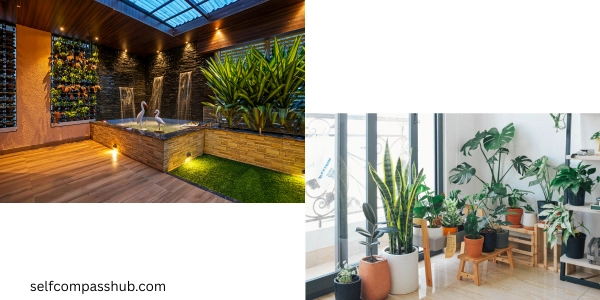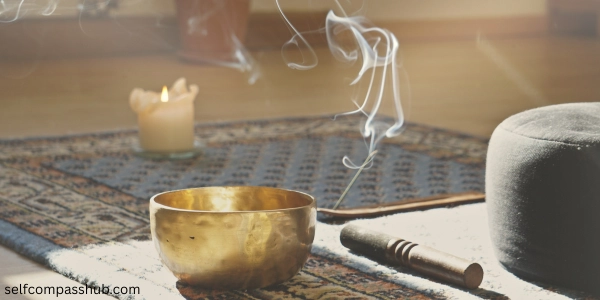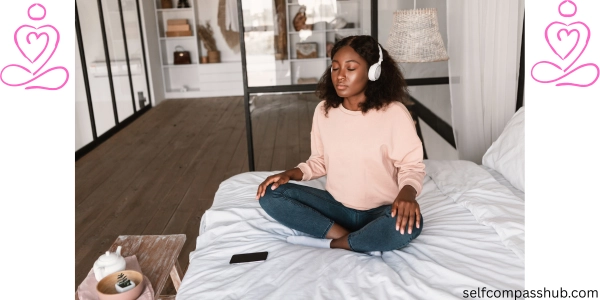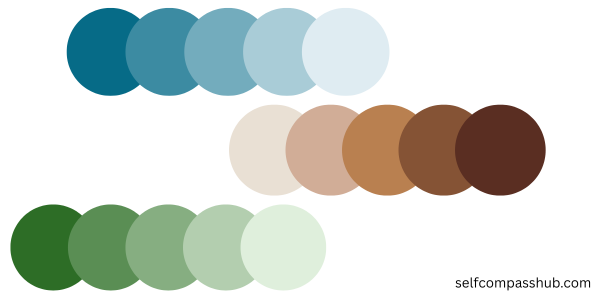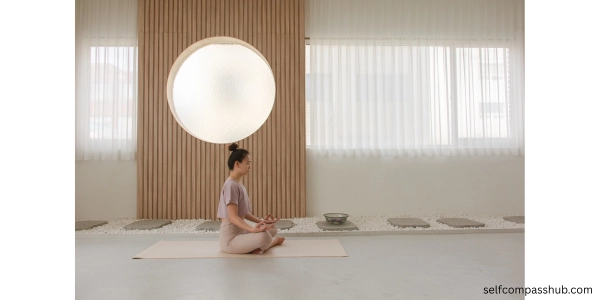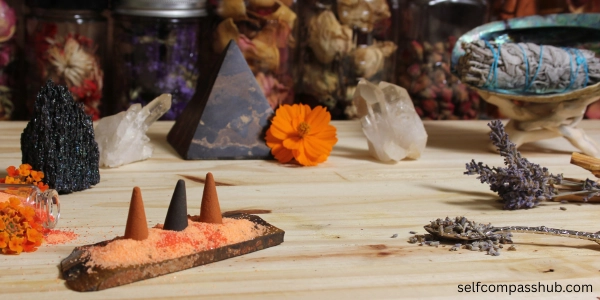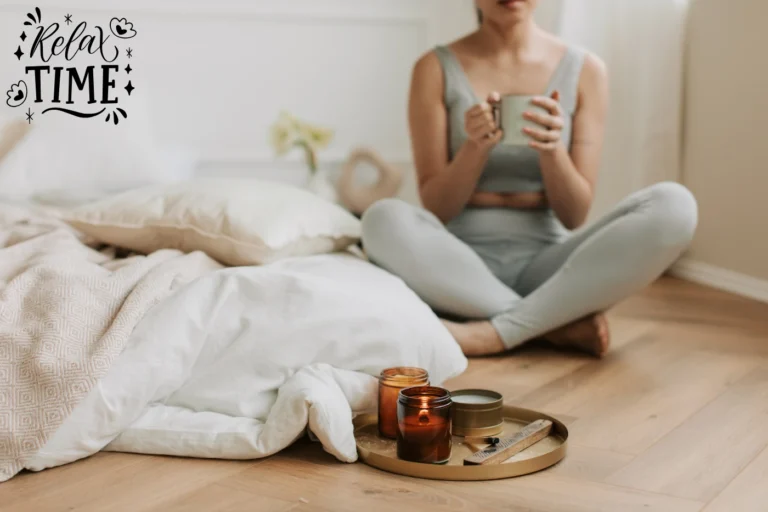In today’s fast-paced world, creating a dedicated space for wellness at home has become more than a luxury – it’s essential for maintaining balance and nurturing mental health. A wellness room offers a personal sanctuary where you can escape, reflect, and recharge without leaving your home.
Whether you have an entire spare room or just a quiet corner, transforming any space into a wellness retreat is possible with thoughtful planning and intentional design. This guide will walk you through creating a peaceful sanctuary that promotes relaxation, meditation, and self-care practices.
Choosing the Right Space
The first step in creating your wellness room is selecting the right location. Consider these factors:
- Natural light: Spaces with ample natural light create a more uplifting atmosphere. South or east-facing rooms often offer the best lighting conditions.
- Privacy level: Choose a space where you won’t be frequently disturbed. If possible, select a room with a door you can close.
- Ambient noise: Consider the sound environment. Is it near a busy street or a noisy part of your home? Sound-dampening options may be necessary.
- Size requirements: While more space offers flexibility, even a 4×4 corner can become an effective wellness area when designed thoughtfully.
- Existing features: Elements like bay windows, built-in storage, or architectural details can enhance your wellness space.
Remember, the perfect wellness room feels separate from the rest of your home – a distinct sanctuary that signals to your brain it’s time to shift into relaxation mode.
Essential Elements for Your Wellness Room
Comfortable Seating & Support
The foundation of any wellness room is comfortable seating that supports your preferred practices:
- Meditation cushions: Zafus (round cushions) and zabutons (rectangular mats) provide proper spinal alignment for meditation
- Yoga props: Mats, blocks, bolsters, and straps for stretching and movement practices
- Reading chairs: A comfortable armchair with good back support for relaxed reading
- Floor pillows: Large floor cushions for relaxed sitting or lounging
- Small bench: A wooden meditation bench for those who find cross-legged sitting uncomfortable
Choose natural fabrics like cotton, linen, or hemp that feel gentle against your skin and opt for neutral, calming colors.
Thoughtful Lighting
Lighting dramatically affects mood and can transform your wellness space:
- Dimmable options: Install a dimmer switch to adjust brightness based on your activity
- Salt lamps: Emit a warm, soothing glow while potentially offering air-purifying benefits
- Candles: Unscented for meditation or aromatherapy candles for fragrance therapy
- String lights: Create a magical atmosphere with warm-toned fairy lights
- Smart lighting: Programmable options that can shift from energizing morning light to calming evening tones
Aim for layers of light rather than a single source, allowing you to customize the ambiance for different practices and times of day.
Natural Elements
Bringing nature indoors promotes calm and enhances wellbeing:
- Plants: Low-maintenance options like snake plants, pothos, or peace lilies purify air and add life
- Water features: Small tabletop fountains provide soothing sounds and add humidity
- Natural materials: Incorporate wood, stone, bamboo, or rattan elements
- Nature imagery: Photographs or artwork depicting peaceful natural scenes
- Crystals and stones: Beautiful mineral specimens add color and texture
Consider combining several natural elements to create a multi-sensory experience that grounds you in the present moment.
Sensory Components
Engage all your senses for a truly immersive wellness experience:
- Aromatherapy: Essential oil diffusers, incense, or room sprays with calming scents like lavender, sandalwood, or chamomile
- Sound therapy: Singing bowls, wind chimes, or a small speaker for nature sounds or meditation music
- Tactile elements: Different textures like soft throws, smooth stones, or rough natural fibers
- Temperature control: A small fan or heater to maintain ideal comfort
- Taste station: A small area for herbal teas or infused water
Consider creating a dedicated sensory corner with various elements you can engage with depending on your needs that day.
Mindful Technology
While the goal is often to disconnect, certain technology can enhance your wellness practice:
- Sound systems: Quality speakers or headphones for guided meditations or sound therapy
- Air purifiers: Create cleaner air for deeper breathing practices
- Meditation apps: A tablet or smartphone with wellness applications
- White noise machines: Help block external distractions
- Smart home integration: Voice-controlled lighting or sound for hands-free adjustment
The key is selecting technology that enhances rather than distracts from your practice. Consider hiding devices in attractive storage when not in use.
Design Principles for Your Wellness Room
Color Psychology
Colors profoundly affect our mood and energy. For wellness spaces, consider:
- Blues: Promote calm, reduce anxiety, and lower blood pressure
- Greens: Connect with nature, enhance concentration, and reduce stress
- Neutrals: Create space for mental clarity and focus
- Soft purples: Inspire creativity and spiritual connection
- Warm whites: Offer simplicity and purity without feeling clinical
Aim for a monochromatic or analogous color scheme with 2-3 core colors for visual harmony. Use 60% of your primary color, 30% of your secondary color, and 10% of an accent color for balanced design.
Minimalism & Organization
Clutter creates visual noise that prevents true relaxation:
- Hidden storage: Baskets, benches with storage, or wall cabinets to keep supplies organized
- Multifunctional furniture: Items that serve multiple purposes to maximize space
- Visual simplicity: Limit decorative objects to those with meaning or purpose
- Clean lines: Furniture and decor with simple, uncluttered designs
- Intentional empty space: Allow for visual “breathing room” between objects
Remember, a minimalist approach doesn’t mean stark or cold – it means everything present serves a purpose, either functional or meaningful.
Personalized Touches
Your wellness room should reflect your unique journey:
- Meaningful objects: Items that connect you to your purpose or intentions
- Inspirational quotes: Words that motivate your practice framed or displayed
- Personal photographs: Images that bring joy or peace (but limit quantity)
- Journal space: A dedicated area for reflection and gratitude practices
- Intention setting area: A small altar or shelf for objects that represent your current focus
These personal elements transform a generic relaxation space into your sanctuary.
Different Wellness Room Styles
Meditation-Focused Sanctuary
- Focal point: Central meditation cushion or bench
- Minimal distractions: Clean lines and open space
- Sound elements: Singing bowl or gentle chimes
- Visual aids: Mandala art or simple nature imagery
- Lighting: Soft, indirect illumination
Yoga & Movement Studio
- Open floor space: Room to move freely
- Mirror option: For checking alignment
- Prop storage: Organized yoga blocks, straps, and bolsters
- Inspiration wall: Images of poses or meaningful symbols
- Device space: Area for following online classes
Reading & Reflection Corner
- Comfortable seating: Supportive chair or oversized floor cushion
- Good lighting: Adjustable reading lamp
- Bookshelf: Collection of inspirational or mindfulness texts
- Journal station: Writing materials and surface
- Cozy elements: Soft throw and pillows
Multi-Purpose Wellness Space
- Zone design: Clearly defined areas for different activities
- Convertible furniture: Pieces that adapt to various uses
- Visual dividers: Screens or shelving to separate spaces
- Color coding: Subtle color differences to distinguish areas
- Transitional elements: Items that help you shift between activities
DIY Projects & Budget-Friendly Ideas
Creating your wellness room doesn’t require a major investment:
- Cushion covers: Transform regular pillows into meditation cushions with simple fabric covers
- Floating shelves: Install inexpensive shelving for altars or display space
- Nature collections: Showcase found objects like pinecones, shells, or interesting stones
- Repurposed furniture: Transform thrift store finds with non-toxic paint
- DIY aromatherapy: Make your own room sprays with essential oils and distilled water
- Wall mandalas: Create geometric designs with painter’s tape and gradients of a single color
- Fabric room divider: Use a decorative fabric panel and tension rod to section off a wellness corner
- Upcycled jars: Transform glass jars into candle holders or storage containers
Remember that simplicity often creates the most peaceful environment – focus on quality over quantity.
Maintaining Your Wellness Space
Your wellness room should remain a clean, energizing space:
- Regular refreshing: Set a schedule for dusting and cleaning your space
- Energy clearing: Consider occasional smudging with sage or palo santo
- Fresh elements: Rotate plants, flowers, or seasonal natural objects
- Intention renewal: Periodically revisit your purpose for the space
- Editing: Regularly remove items that no longer serve your wellness goals
A simple weekly ritual of straightening and refreshing your space can become part of your wellness practice.
Conclusion
Creating a wellness room is a powerful act of self-care – a statement that your wellbeing deserves dedicated space in your home and life. Remember that your wellness room should evolve with you, reflecting your current needs and practices.
The most beautiful wellness spaces aren’t necessarily the most expensive or perfectly styled – they’re the ones that truly serve their purpose of supporting your journey toward greater balance, peace, and self-connection.
Start where you are, with what you have, and allow your wellness room to grow organically as an extension of your practice. The simple act of creating this space sends a powerful message to yourself: your wellbeing matters.
What will you create in your wellness sanctuary today?
Have you created a wellness room in your home? We’d love to see your space and hear how it has impacted your wellbeing journey. Share your photos and stories in the comments below!

